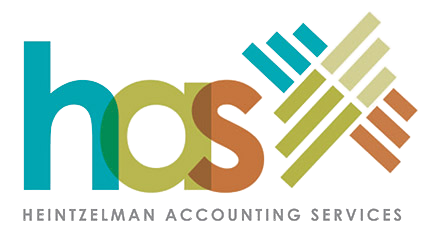Recently the Small Business Administration (SBA) released the PPP Loan Forgiveness application and instructions and Interim Final Rule on Loan Forgiveness. While some questions still remain, there are some key adjustments that businesses seeking loan forgiveness will want to take note of.
- Alternative Payroll Covered Period: Generally the covered period of the PPP loan is 8 weeks from the day of your loan disbursement. However, for borrowers with a bi-weekly (or more frequent) payroll, an election can be made to begin the 8 week period on the first pay period following the loan disbursement date.
Note: The Alternative Payroll Covered Period can only be used for eligible “payroll costs”.
- Payroll costs incurred but not paid during the covered or alternative payroll covered period are eligible for forgiveness if paid on or before the next payroll date.
- Compensation of owner-employees cannot exceed their 2019 compensation, employer retirement, and health care contributions made on their behalf during the covered or alternative payroll covered period.
- Compensation to furloughed employees, bonuses, and hazard pay during the covered period are eligible for loan forgiveness as long as the pay does not exceed $100,000 on an annualized basis.
- No forgiveness is provided for retirement or health insurance contributions for self-employed individuals (Schedule C filers and general partners) because these expenses are paid out of their self-employment income.
- Non payroll costs incurred during the covered period and paid on or before the next regular billing date (even if it’s after the covered period) are eligible for forgiveness.
- Prepayments are not allowed for eligible mortgage interest payments during the covered period
- For purposes of the FTE Reduction Exception (Page 8), employers are required to have a written offer to rehire employees for the same salary and hours during the covered period, document the employee’s rejection of the offer, and inform the applicable state unemployment insurance office of the employee’s rejected offer of reemployment. The state unemployment office must be informed within 30 days of the rejection of the offer.
- For purposes of the PPP Loan, “full-time equivalent employee” means an employee working 40 or more hours per week
- The SBA has provided two options for calculating FTE employees.
- Divide the average hours worked per week by 40, rounded to the nearest tenth but no more than 1 for each employee, or
- Simplified Method: Assign 1.0 for employees working 40 hours or more per week and .5 for employees working fewer hours.
- To ensure that borrowers do not receive a double penalty, the salary/wage reduction applies ONLY to the portion of the decline in the employee salary and wages that is not attributable to the FTE reduction.
- FTE and Salary/Wage Reduction Safe Harbor: If an employee’s salaries and wages were reduced or the Borrower’s FTE employee levels are reduced between February 15, 2020 and April 26, 2020 and the borrower eliminates those reductions by June 30, 2020, the borrower is exempt from any reduction in loan forgiveness due to the salaries and wage reduction or FTE reduction.
Take Aways
Document, Document, Document! During the covered period or alternative payroll covered period, be sure to collect all necessary documentation required to be submitted with your application. Also, be prepared to keep your documentation, including the application and application worksheets for 6 years.
We also advise that additional compensation (ex. bonuses) paid by borrowers is reasonable and within your normal course of business.
Miscalculations, lack of documentation, and failure to plan ahead could all result in delayed or denied loan forgiveness. Guidance, changes, and clarifications for the PPP loan keep coming. Be sure you are consulting with a tax or accounting advisor as this program continues to evolve.


Recent Comments